Learn about the history of the Great Wall of China
Ah, the Great Wall of China—a marvel of ancient engineering and a symbol of perseverance. Spanning over 13,000 miles, this colossal structure winds through mountains, deserts, and plains.
Built over several dynasties, the Wall is not just a barrier but a testament to China’s rich history. Today, it stands as a UNESCO World Heritage site, drawing millions of visitors eager to walk along its storied paths and imagine the lives of those who built and defended it.
The Origins of the Great Wall: A Historical Overview
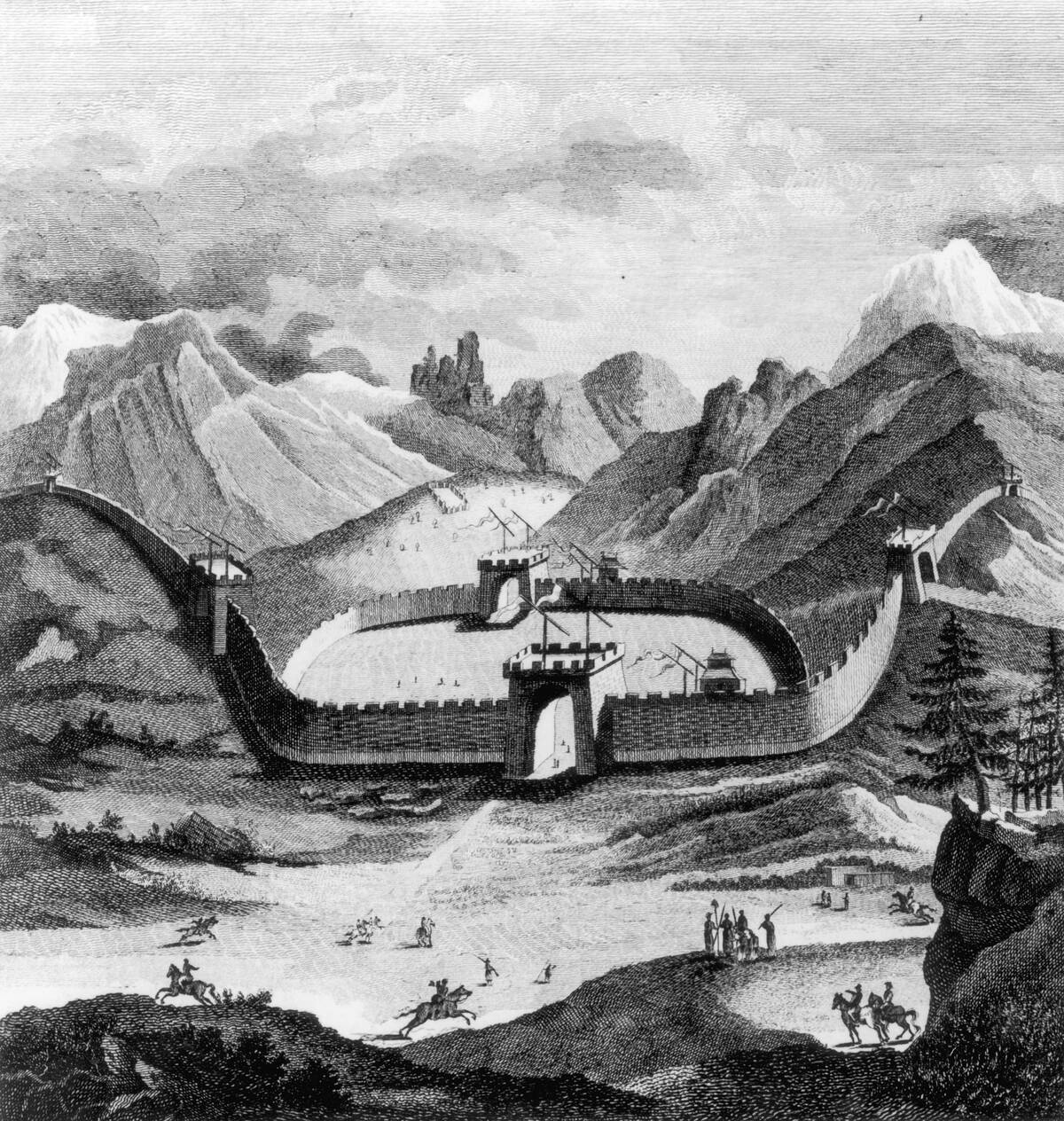
The story of the Great Wall begins in the 7th century BC when various states built walls for protection against nomadic tribes. These early structures were made of rammed earth and wood, marking the beginning of what would become a monumental endeavor.
As different states unified under the Qin Dynasty, these fragmented walls laid the groundwork for the expansive fortification we know today.
Early Walls: The Predecessors of a Legend
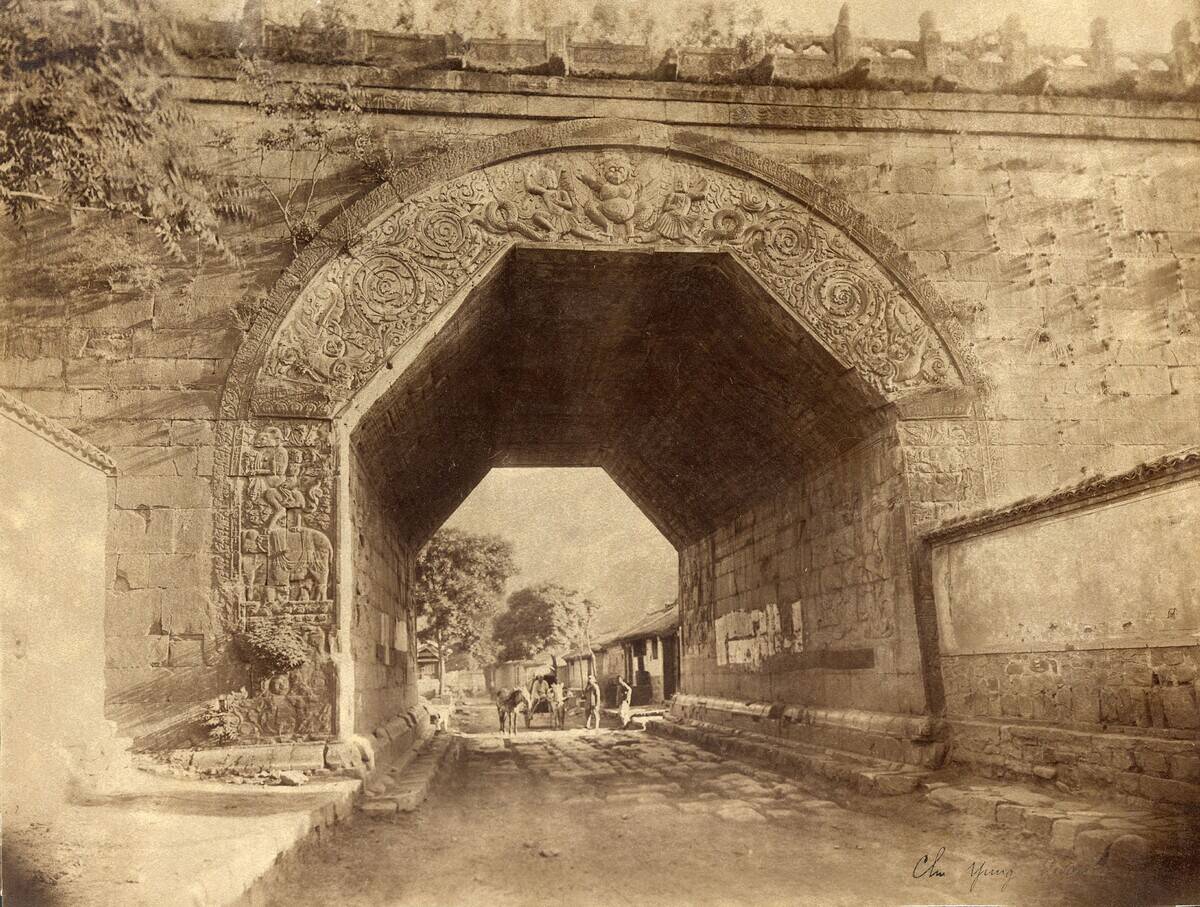
Long before the iconic Great Wall, smaller walls were constructed by feudal lords to protect their territories. These early barriers, often made of tamped earth, were less grand but crucial in local defense strategies.
Regions like the state of Chu had their own rudimentary walls, providing a template for future expansions as the need for a unified defense system became apparent.
The Qin Dynasty: Unifying the Wall
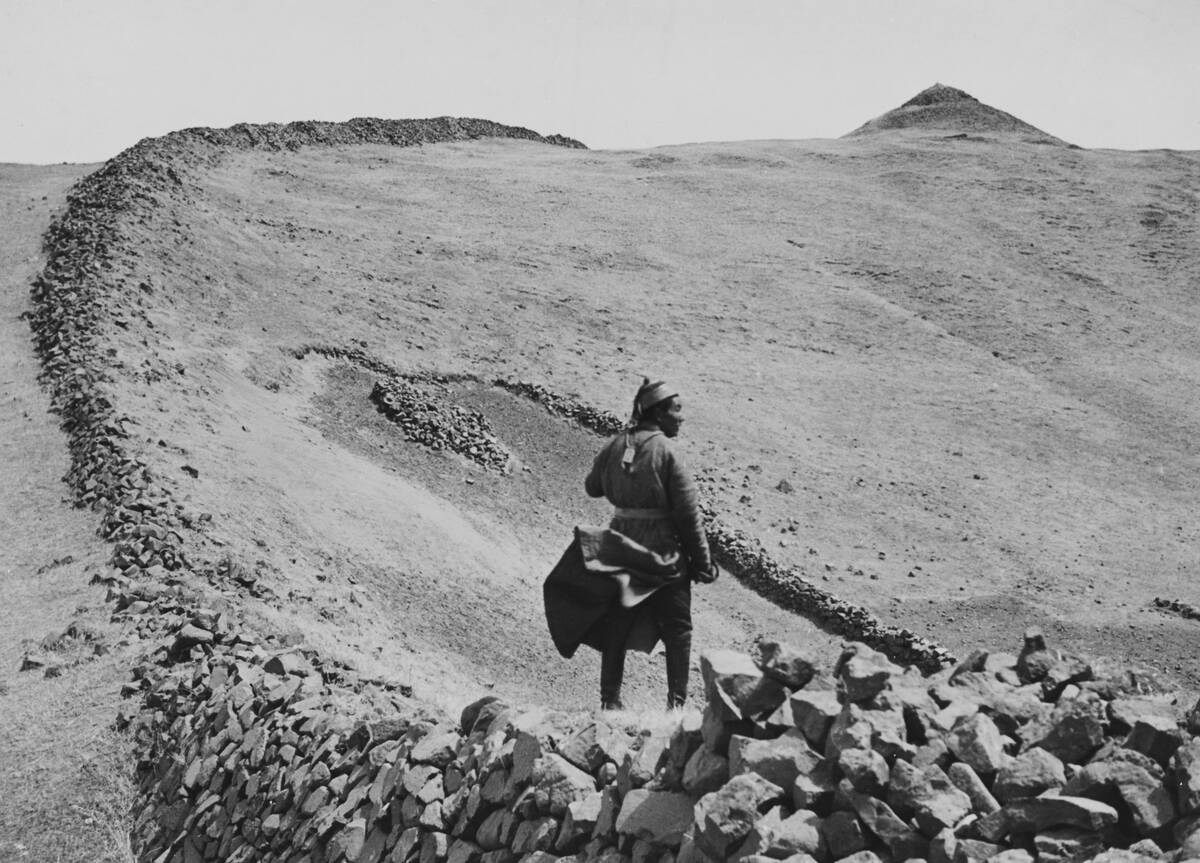
The Qin Dynasty, under Emperor Qin Shi Huang, is credited with unifying various regional walls into a single, continuous defense line.
This ambitious project, starting around 221 BC, involved connecting and extending existing walls. The Qin Wall set the stage for future enhancements, embodying the emperor’s vision of a secure and centralized China.
The Han Dynasty: Expansion and Fortification
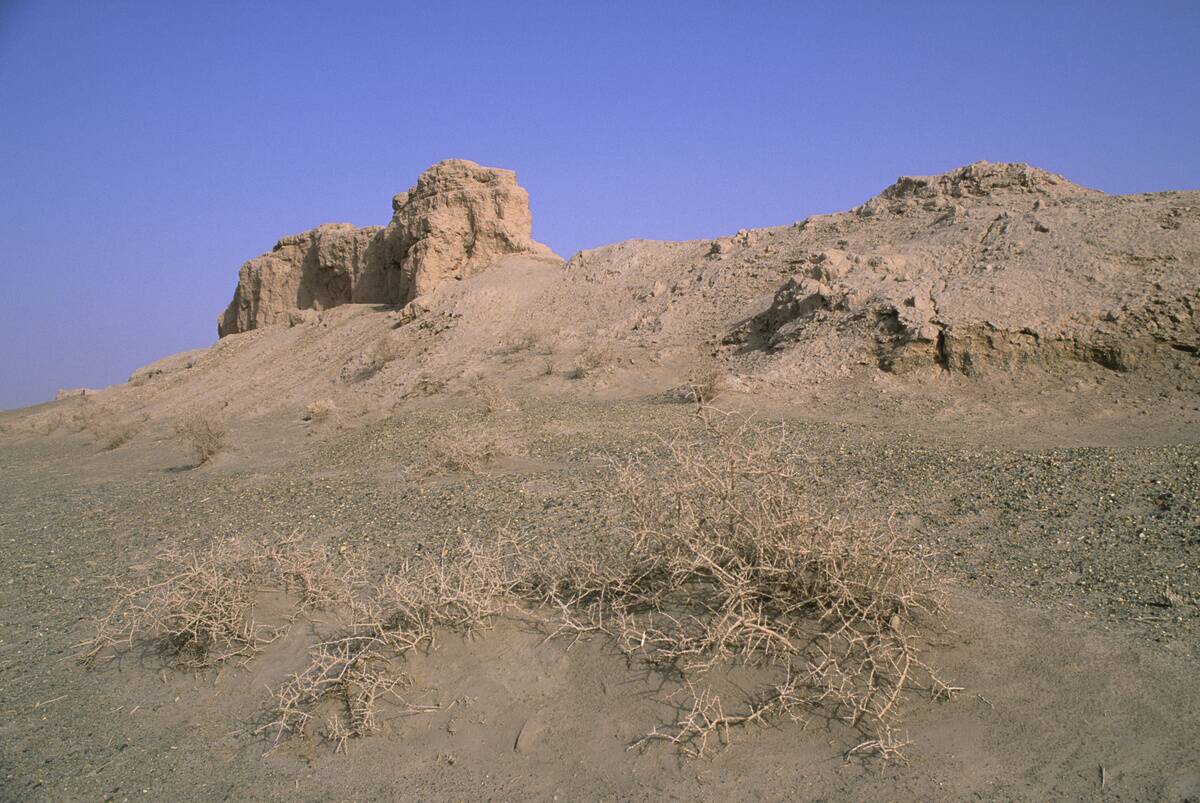
During the Han Dynasty, the wall saw significant expansion to protect the Silk Road trade routes at Yumen Pass. The Han rulers extended the wall into the Gobi Desert, using it to fend off Xiongnu incursions.
This era’s construction relied heavily on local materials like earth and sand, adapting to the harsh desert environment and ensuring the safety of merchants and travelers along these critical economic pathways.
The Role of the Sui Dynasty in Wall Construction
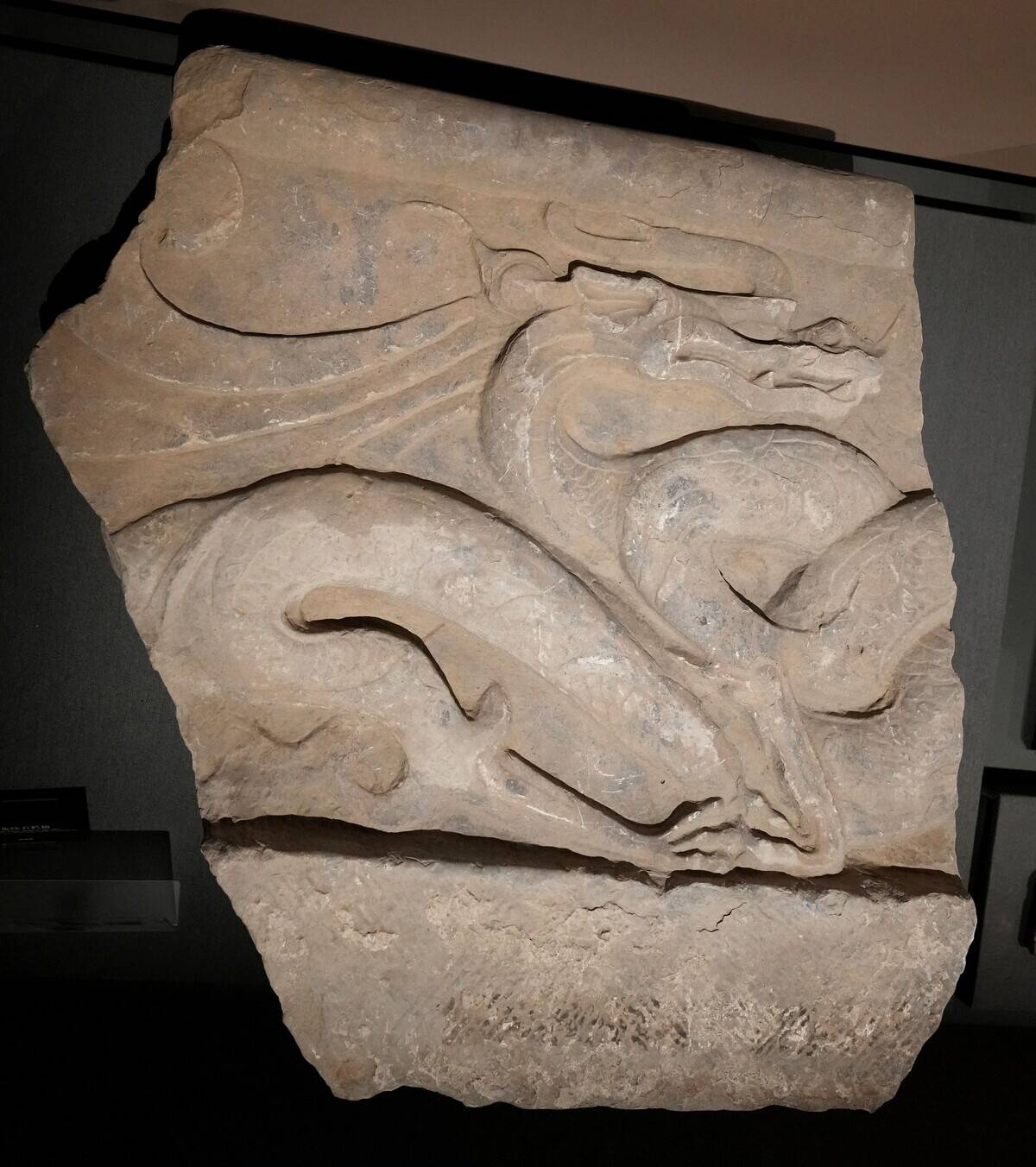
Though the Sui Dynasty’s reign was brief, it played a notable role in wall construction. The Sui leaders focused on repairing and extending the wall to defend against northern threats.
These efforts laid a foundation for the later Tang Dynasty, showcasing the continuous strategic importance of the wall in safeguarding China’s borders from various nomadic groups.
The Tang Dynasty: A Period of Relative Calm
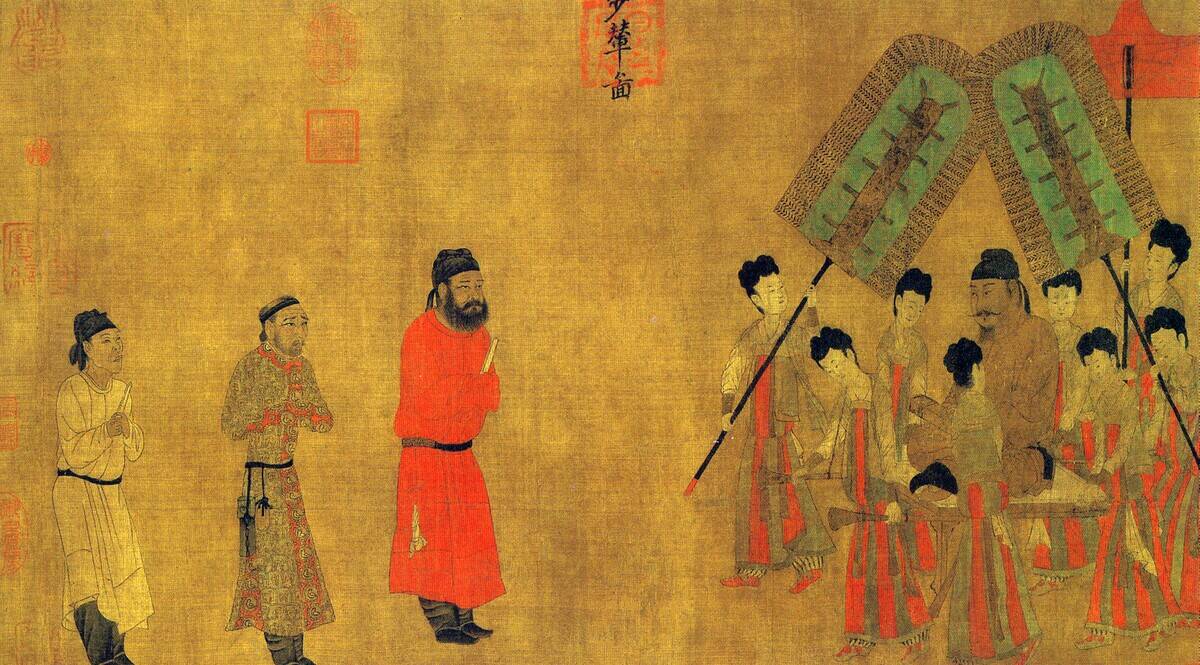
The Tang Dynasty marked a period of relative peace, reducing the emphasis on wall construction. During this time, the Silk Road flourished, and the Great Wall’s defensive role became secondary to its function as a trade route protector.
The Tang rulers focused more on cultural expansion and diplomatic relations, which led to less military pressure on the borders and a temporary lull in wall enhancements.
The Great Wall During the Song Dynasty
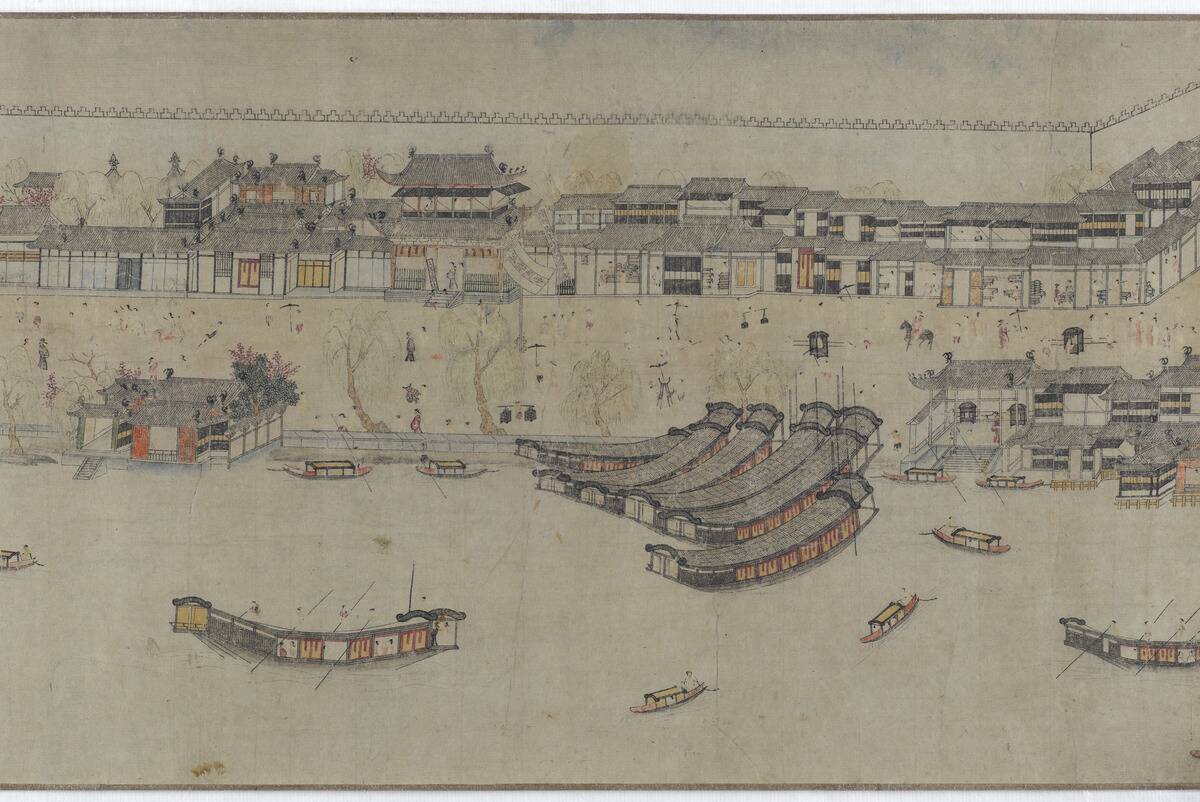
In the Song Dynasty, the wall was less of a focus due to the dynasty’s shift towards economic and cultural pursuits. The Song emperors invested in naval power and commerce, leaving the wall’s maintenance somewhat neglected.
However, the structure still served as a symbol of defense and unity, even as the Song rulers faced challenges from the Liao, Jin, and eventually the Mongols.
The Ming Dynasty: A Time of Reconstruction
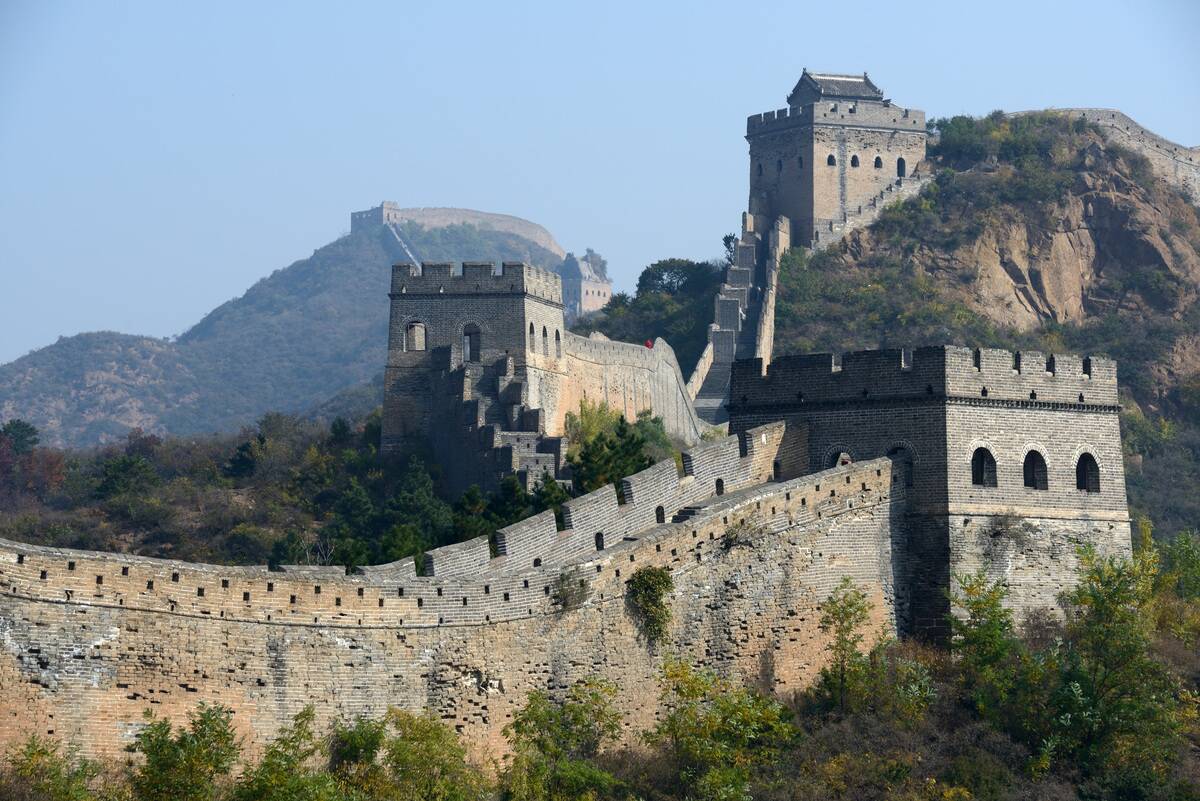
The Ming Dynasty heralded a renaissance for the Great Wall, rebuilding and reinforcing it with bricks and stone. This period saw the construction of the most recognizable sections of the wall, featuring watchtowers and barracks.
The Ming emperors aimed to fortify the northern frontier against Mongol invasions, investing substantial resources into making the wall a formidable military barrier.
The Architectural Marvel: Design and Structure
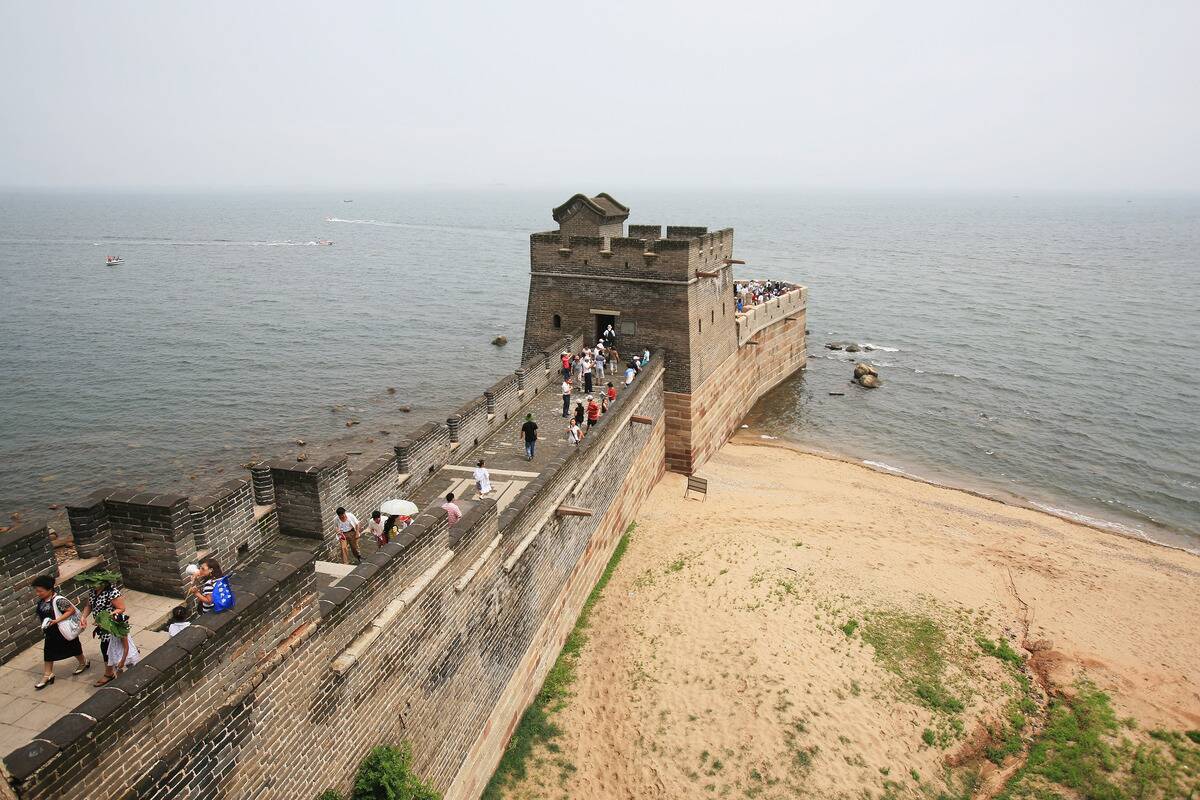
The Great Wall’s design is a testament to architectural ingenuity. It varies in height and width, adapting to the terrain it traverses. Watchtowers spaced at regular intervals allowed for communication via smoke signals.
The wall’s crenellated parapets and strategic passes not only provided defense but also showcased advanced engineering techniques, blending functionality with the imposing beauty of this monumental structure.
The Labor Force Behind the Great Wall
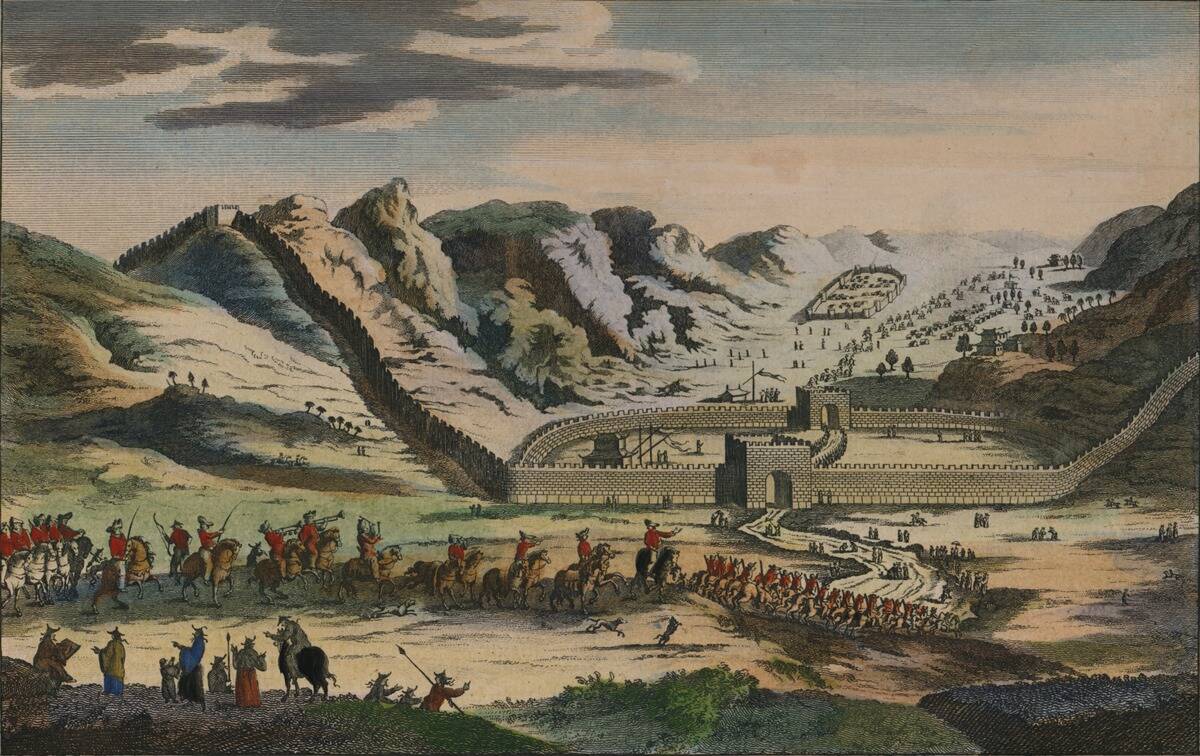
The construction of the Great Wall was a massive undertaking involving armies of laborers, soldiers, and prisoners. Historical records suggest that millions worked on the wall, often under harsh conditions.
Despite the grueling work, these laborers left an enduring legacy, their efforts immortalized in the wall’s enduring presence. Their sacrifices are a poignant reminder of the human cost behind this engineering marvel.
Legends and Myths Surrounding the Wall
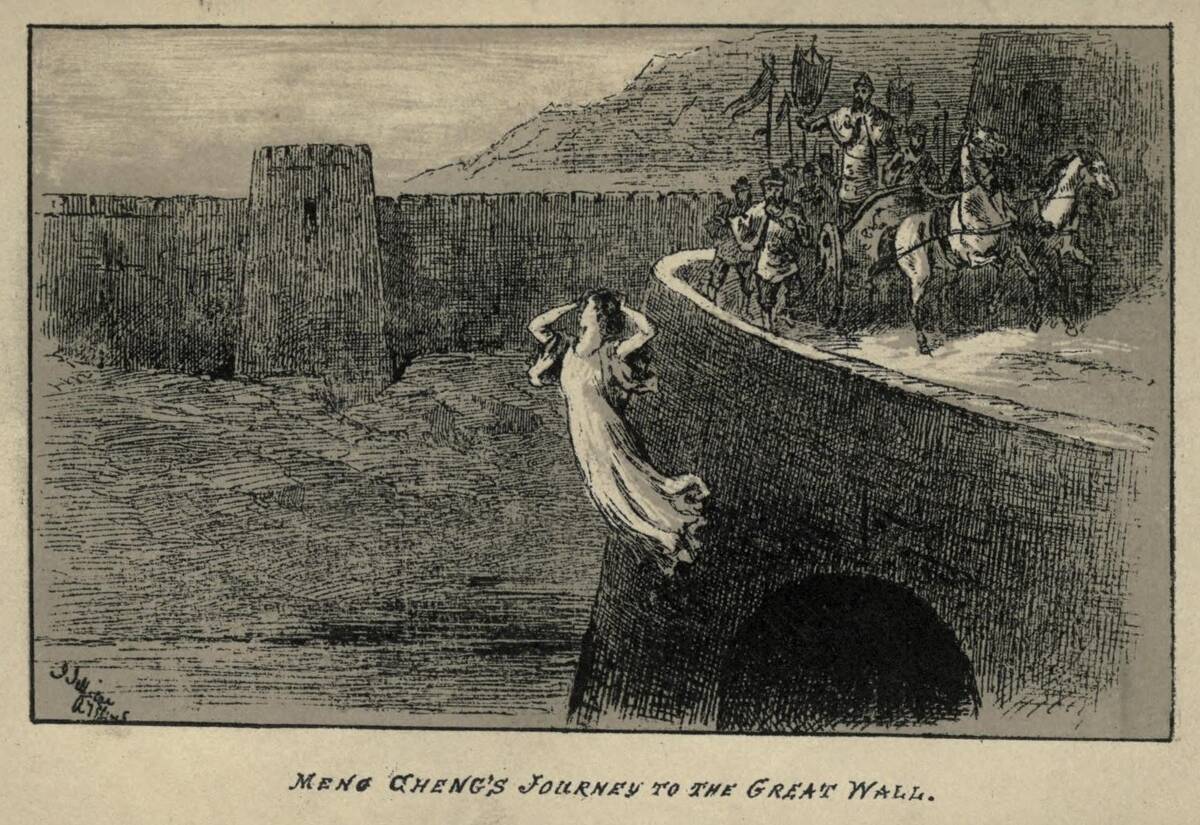
The Great Wall is steeped in myth and legend. One famous tale is that of Meng Jiangnu, whose tears supposedly caused a section of the wall to collapse and reveal the bones of her husband, who had died working on it.
This story highlights themes of love and sacrifice, reflecting the cultural significance the wall holds for many. Such legends add layers of mystique to the wall’s history, captivating the imaginations of those who visit this ancient wonder.
The Great Wall’s Role in Defense and Trade
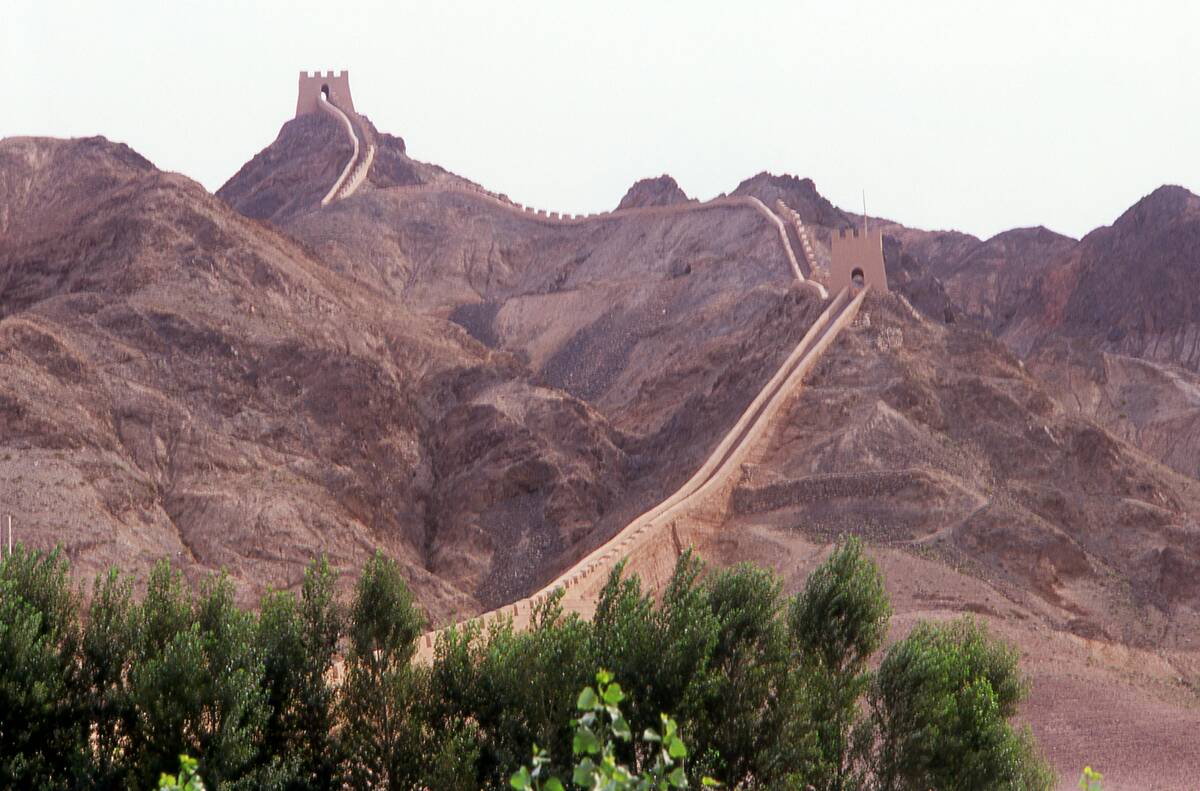
Beyond its defensive capabilities, the Great Wall played a crucial role in trade. It safeguarded the Silk Road, allowing for the safe passage of goods and ideas between the East and West.
The wall’s checkpoints regulated trade, collecting taxes and preventing smuggling. This dual role as a defender and economic facilitator underscores its importance in shaping China’s historical and cultural landscape.
The Wall in Modern Times: Preservation Efforts
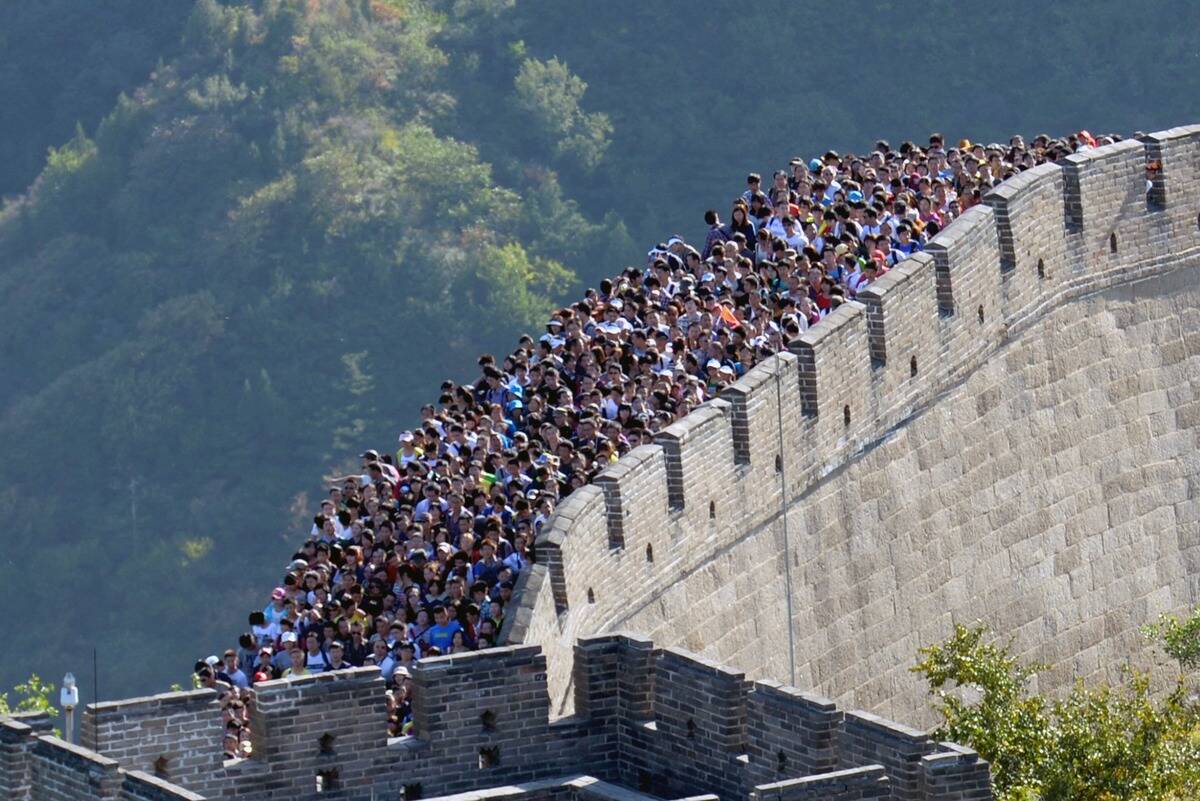
In modern times, the Great Wall faces challenges from natural erosion and human activity. Preservation efforts are underway to protect this historical treasure, with organizations like UNESCO and the Chinese government investing in restoration projects.
These initiatives aim to balance tourism with conservation, ensuring that future generations can marvel at the wall’s grandeur and historical significance.




